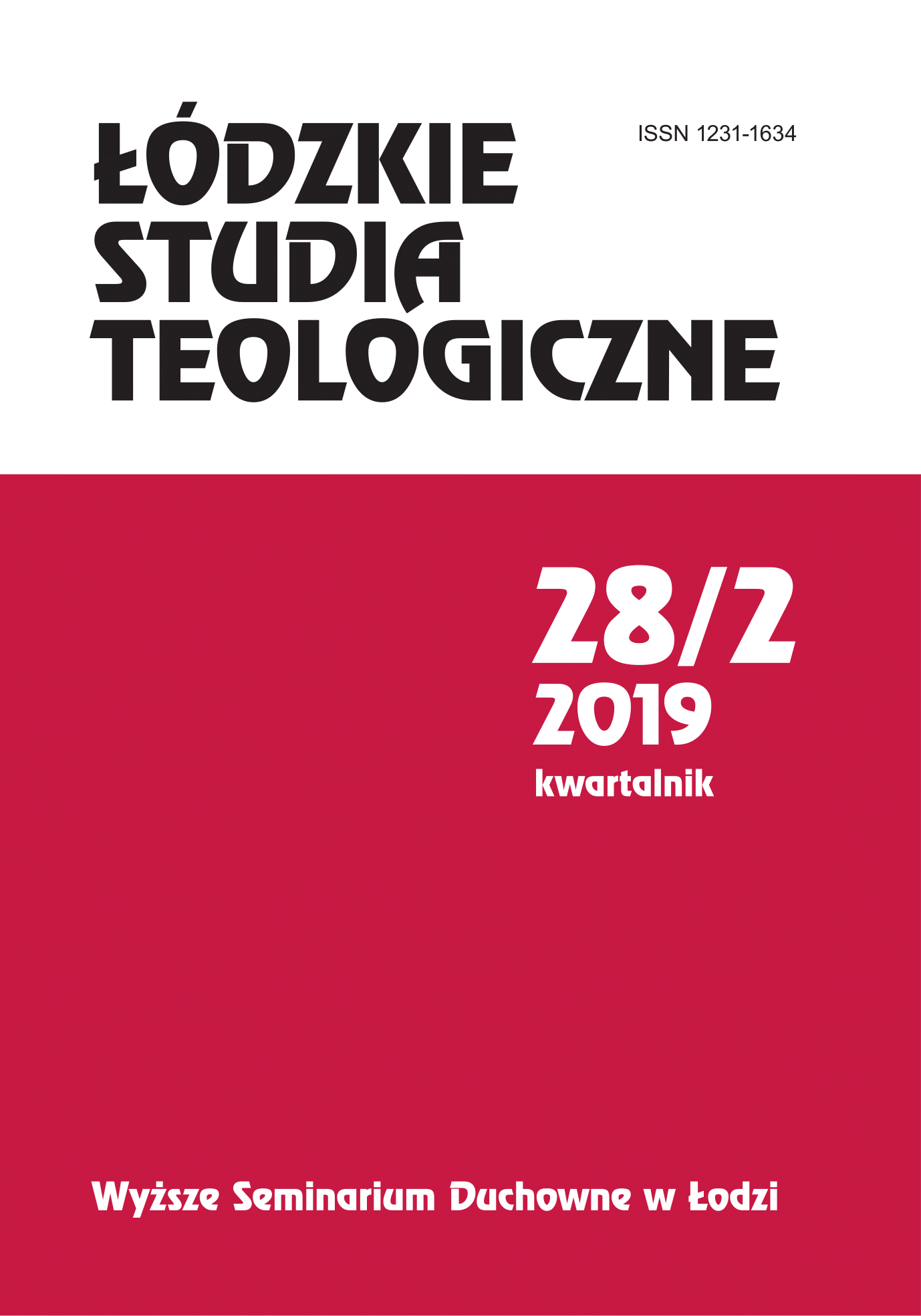Wniebowzięcie Najświętszej Maryi Panny w katechezach
Jana Pawła II
Assumption of the Holy Virgin Mary in the teaching of John Paul II
Author(s): Marian Maciej ParamuszczakSubject(s): Systematic Theology
Published by: Wyższe Seminarium Duchowne w Łodzi
Keywords: Mary, “full of grace”; Immaculate Conception; Assumption; maternity of Mary; Marian devotion; catechesis about Mary
Summary/Abstract: The work presents the analysis of seven papal catecheses delivered during Wednesday audiences in 1996-1997. The Pope points out important events from Mary’s life and refers to the Holy Scripture, documents of universal councils, his pastoral teaching as well as the teachings of his predecessors and of the Church Fathers. The Assumption is presented as an act resulting from the action of God’s Providence and the culmination of the earthly life of the Mother of our Savior. The work is divided into four basic parts. The first one examines Mary’s holiness during her earthly pilgrimage and explains such terms as: Hail Mary, daughter of Zion, full of grace, totally holy. He presents not only God’s intervention in the life of the Mother of Jesus but also in the history of Zechariah and Elizabeth. We can conclude that everything we note about Mary comes from grace and not from merits. We can include here e.g. the Immaculate Conception.The second part introduces us into an old theological discussion concerning the sense of the Mother of God’s death. The Pope says that the Mother of God died because Christ died as well. He poses a question: What sense could the death of the Mother of God have since the death of her Son had salvific meaning? It is interesting to observe the use of the words “could have” in this part of the catechesis which provides some space for a discussion about the participation of Mary in the work of redemption. It is interesting that in the description of the Assumption dogma a word “resurrection” is not used. The third part focuses on the act of Assumption itself. We can see that the truth about the assumption of Mary was noticed in the first centuries due to her maternity and the love connecting the Son and the Mother. Another important factor is to present this dogma in the context of Mary’s participation in the Passion of our Savior. Here one can find many reasons why Mary of Nazareth passed – like her Son – after death to life. The other reason is her Immaculate Conception and the privileges resulting from it. All those elements suggest and facilitate our understanding of the plan of God’s Providence. The fourth part presents Mother of God’s intercession in everyday Christian life, we can see Mary’s role and her cooperation in her Son’s redemptive work. This collaboration is based on the actualization of evangelical virtues: obedience, hope and love under the influence of the Holy Spirit. In the order of grace Mary is John’s mother but also ours. The maternity of Mary encourages us to get to know the Word of God better and gives us courage in our ministry.
Journal: Łódzkie Studia Teologiczne
- Issue Year: 28/2019
- Issue No: 2
- Page Range: 173-188
- Page Count: 16
- Language: Polish

